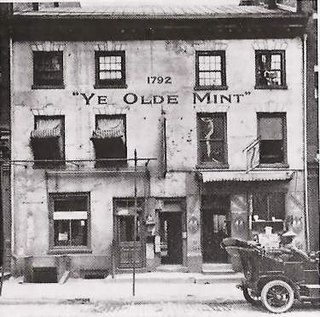Top Qs
Timeline
Chat
Perspective
Ye olde
Pseudo-Early Modern English phrase From Wikipedia, the free encyclopedia
Remove ads
"Ye olde" is a pseudo-Early Modern English phrase originally used to suggest a connection between a place or business and Merry England (or the medieval period). The term dates to 1896 or earlier;[1] it continues to be used today, albeit now more frequently in an ironically anachronistic and kitsch fashion.[1]


Remove ads
History

The use of the term ye to mean "the" derives from Early Modern English, in which the was written þe, employing the Old English letter thorn, ⟨þ⟩. During the Tudor period, the scribal abbreviation for þe was þͤ or þᵉ ; here, the letter ⟨þ⟩ is combined with the letter ⟨e⟩.[2] With the arrival of movable type printing, the substitution of ⟨y⟩ for ⟨Þ⟩ became ubiquitous, leading to the common ye as in "Ye Olde Curiositie Shoppe". One major reason for this was that ⟨y⟩ existed in the blackletter types that William Caxton and his contemporaries imported from Belgium and the Netherlands, while ⟨Þ⟩ did not,[3] resulting in ![]() (yͤ) as well as ye. The connection became less obvious after the letter thorn was discontinued in favour of the digraph ⟨th⟩. Today, ye is often incorrectly pronounced as the archaic pronoun of the same spelling.[1]
(yͤ) as well as ye. The connection became less obvious after the letter thorn was discontinued in favour of the digraph ⟨th⟩. Today, ye is often incorrectly pronounced as the archaic pronoun of the same spelling.[1]
Remove ads
See also
References
External links
Wikiwand - on
Seamless Wikipedia browsing. On steroids.
Remove ads
